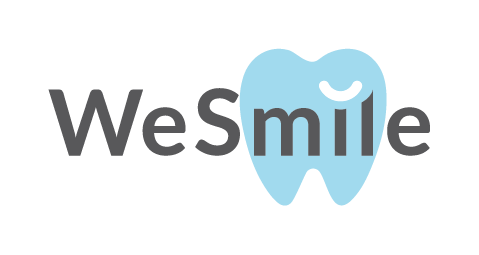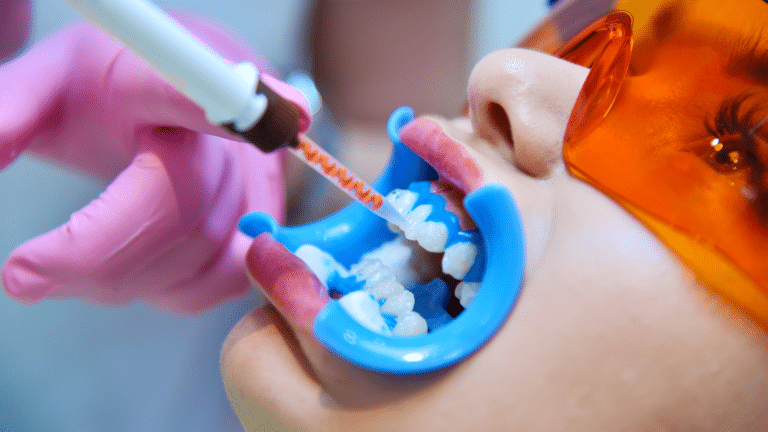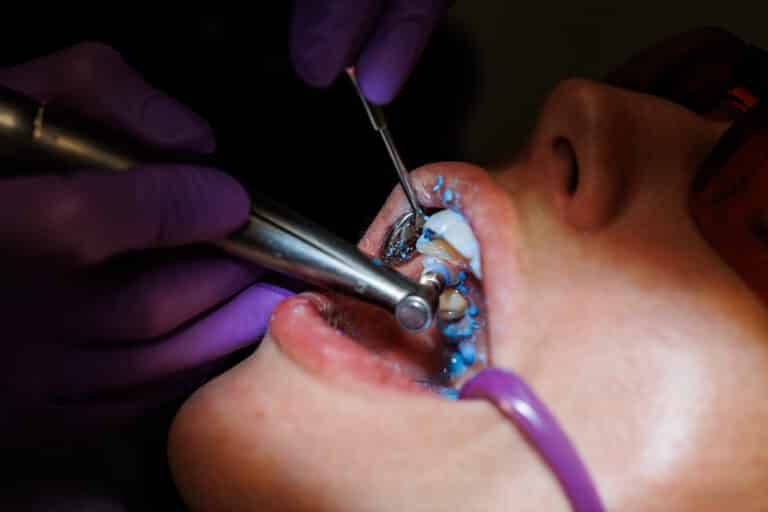Maintaining optimal oral hygiene involves more than just brushing and flossing. One often overlooked but essential aspect of oral care is cleaning the tongue. A tongue scraper is a simple tool that can enhance your oral hygiene routine by removing bacteria, food particles, and dead cells from the tongue’s surface. This blog explores what a tongue scraper is, how to use it correctly, its benefits, and why it should be an integral part of your daily oral care routine.
What Is a Tongue Scraper?
A tongue scraper is a small, flat tool designed to clean the surface of the tongue. It typically has a handle with a curved, thin scraping edge that allows users to gently scrape the tongue’s surface. Tongue scrapers can be made from various materials, such as plastic, stainless steel, or copper. They come in different shapes and sizes, catering to different preferences.

While brushing your teeth is essential for dental health, brushing the tongue is often neglected. The tongue harbours bacteria and food particles, which contribute to bad breath (halitosis) and can lead to poor oral hygiene. By using a tongue scraper, you can ensure that your tongue is as clean as the rest of your mouth.
Why Tongue Health Is Crucial to Overall Oral Health
The tongue plays a central role in overall oral health. It is not only essential for tasting food but also serves as a surface that harbours bacteria, food debris, and dead skin cells. If left untreated, the buildup of these particles can lead to several oral health issues, including bad breath, plaque buildup, and an increased risk of oral infections.
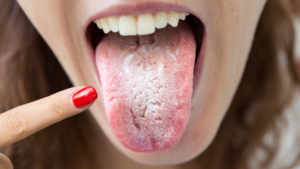
The Benefits of Tongue Scraping
Incorporating tongue scraping into your oral hygiene routine can have several significant benefits for both your oral health and overall well-being. Below is a summary of the key benefits:
1. Tongue Scraping to Prevent Bad Breath (Halitosis)
The tongue can collect bacteria, food particles, and dead cells that produce volatile sulfur compounds (VSCs), which are responsible for bad breath. By cleaning the tongue regularly with a scraper, you remove these harmful particles, helping to keep your breath fresh.
2. Tongue Scraping to ReduceOral Bacteria
Bacteria on the tongue can spread to other parts of the mouth, leading to plaque buildup on the teeth and contributing to gum disease and tooth decay. By scraping the tongue, you reduce the number of bacteria in the mouth, which helps to maintain better oral health.
3. Tongue Scraping to Improve Taste Sensation
A coated tongue can hinder your sense of taste, as the buildup of debris can interfere with the taste buds. Scraping your tongue helps remove this coating, enhancing your ability to taste food and enjoy your meals more fully.
4. Tongue Scraping to Prevent Black Spots on the Tongue
Neglecting tongue hygiene can lead to the appearance of black spots on the tongue. This occurs due to an overgrowth of bacteria, trapped food particles, or staining from certain foods and drinks. Regular tongue cleaning helps prevent this condition, keeping your tongue healthy and free from discolouration.
5. Tongue Scraping for Overall Oral Hygiene
Tongue scraping is a key element of maintaining a clean mouth. Regularly cleaning the tongue ensures that no harmful bacteria or debris are left behind, contributing to the overall cleanliness of the mouth. This reduces the risk of developing oral conditions such as gum disease or tooth decay.
How to Use a Tongue Scraper
Using a tongue scraper is a simple process that can be easily incorporated into your daily oral hygiene routine. Here’s a step-by-step guide on how to use one effectively:
Step 1: Choose the Right Tongue Scraper
Choose a tongue scraper that feels comfortable to hold and use. Stainless steel and copper are popular choices due to their durability and ease of cleaning, but plastic options can also be effective and affordable.

Step 2: Position the Tongue Scraper
Stick your tongue out so that it is flat and extended. Hold the tongue scraper at the back of the tongue (near the throat), ensuring that the scraper is gently placed on the surface.
Step 3: Scrape Gently
With a gentle but firm motion, drag the scraper forward from the back of your tongue to the tip. You should scrape across the entire surface of the tongue. Repeat the scraping motion 2–3 times, ensuring that you cover the entire tongue. Avoid pressing too hard, as this can cause discomfort or damage to the tongue’s surface.
Step 4: Rinse the Tongue Scraper
After each scrape, rinse the tongue scraper under warm water to remove any debris. You may need to rinse it several times during the scraping process.
Step 5: Clean Your Mouth
Once you’ve finished scraping your tongue, rinse your mouth with water or mouthwash to remove any remaining particles. You can also brush your teeth after using the tongue scraper to ensure your mouth is fresh and clean.
Step 6: Clean the Tongue Scraper
After use, thoroughly clean your tongue scraper with soap and warm water, allowing it to air dry before storing it in a clean, dry place.
Should You Use a Tongue Scraper Every Day?
Yes, using a tongue scraper daily is recommended for optimal oral health. Scraping your tongue in the morning, after brushing your teeth, is an effective way to kickstart your day and ensure that your mouth feels fresh and clean. Over time, you will notice a significant reduction in bad breath, improved taste sensation, and a cleaner tongue.

However, if you have a sensitive tongue or experience discomfort while using the scraper, consider using a softer scraper or scraping with gentler pressure. It’s important not to scrape too aggressively, as this can cause irritation or injury to the tongue.
Baby Tongue Cleaner: Essential for Infant Oral Hygiene
Just as adults need to clean their tongues to maintain good oral hygiene, babies also require regular tongue care from an early age. Milk residue and bacteria can accumulate on a baby’s tongue, creating an ideal environment for bad breath, oral thrush, and other oral health issues. Without proper cleaning, this buildup can affect their overall oral health and comfort.

How to Clean Your Baby’s Tongue
- Use a soft silicone cleaner or damp gauze wrapped around your finger.
- Dip it in lukewarm water.
- Gently wipe the tongue from back to front.
- Clean the gums and inner cheeks as well.
- Repeat daily, preferably before bedtime.
Start as early as the newborn stage to promote good oral hygiene and healthy gum development.
The Role of Professional Dental Cleaning on Top of Using a Tongue Scraper
While tongue scraping is an excellent addition to your daily oral hygiene routine, it should not replace regular professional dental cleanings. Professional cleanings help remove tartar and plaque buildup that regular brushing and tongue scraping may miss. At WeSmile Dental, we offer comprehensive scaling and polishing services to ensure your teeth and mouth remain in optimal condition.
Book a Dental Appointment with WeSmile Dental
Taking proactive steps towards maintaining your oral health is essential. We invite you to schedule an appointment with WeSmile Dental at any of our conveniently located clinics in Ang Mo Kio & Bedok. Our team is dedicated to providing personalised care to help you achieve a healthy, radiant smile. Book your appointment today!
WeSmile Dental offers a range of services, including:
Preventative Care
Check-ups, cleanings, gum treatment, and wisdom tooth extractions.
Restorative Dentistry
Fillings, crowns, bridges, implants, and root canal treatment.
Aesthetic Dentistry
Braces, Invisalign, veneers, teeth whitening, and smile makeovers.
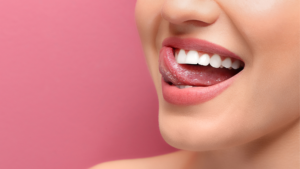
The Key to a Cleaner, Healthier Mouth
A tongue scraper is a simple yet highly effective tool for maintaining optimal oral hygiene. By removing bacteria, food particles, and dead cells from the tongue, it helps reduce bad breath, improve taste sensation, and enhance overall oral health. Incorporating tongue scraping into your daily routine, along with regular professional dental cleanings, will contribute to a cleaner, fresher mouth and better overall health.
FAQs
1. How often should I use a tongue scraper?
It is recommended to use a tongue scraper every day, ideally in the morning, after brushing your teeth. This helps ensure that your mouth stays fresh and clean throughout the day.
2. Is a tongue scraper safe to use?
Yes, a tongue scraper is safe to use as long as you do not apply excessive pressure. Gently scraping the tongue with the right tool will help remove debris without causing harm or irritation.
3. Do I need to replace my tongue scraper?
Tongue scrapers, especially those made of stainless steel or copper, can last a long time. However, it’s a good idea to replace plastic tongue scrapers every few months or when they show signs of wear to ensure they remain effective and hygienic.
